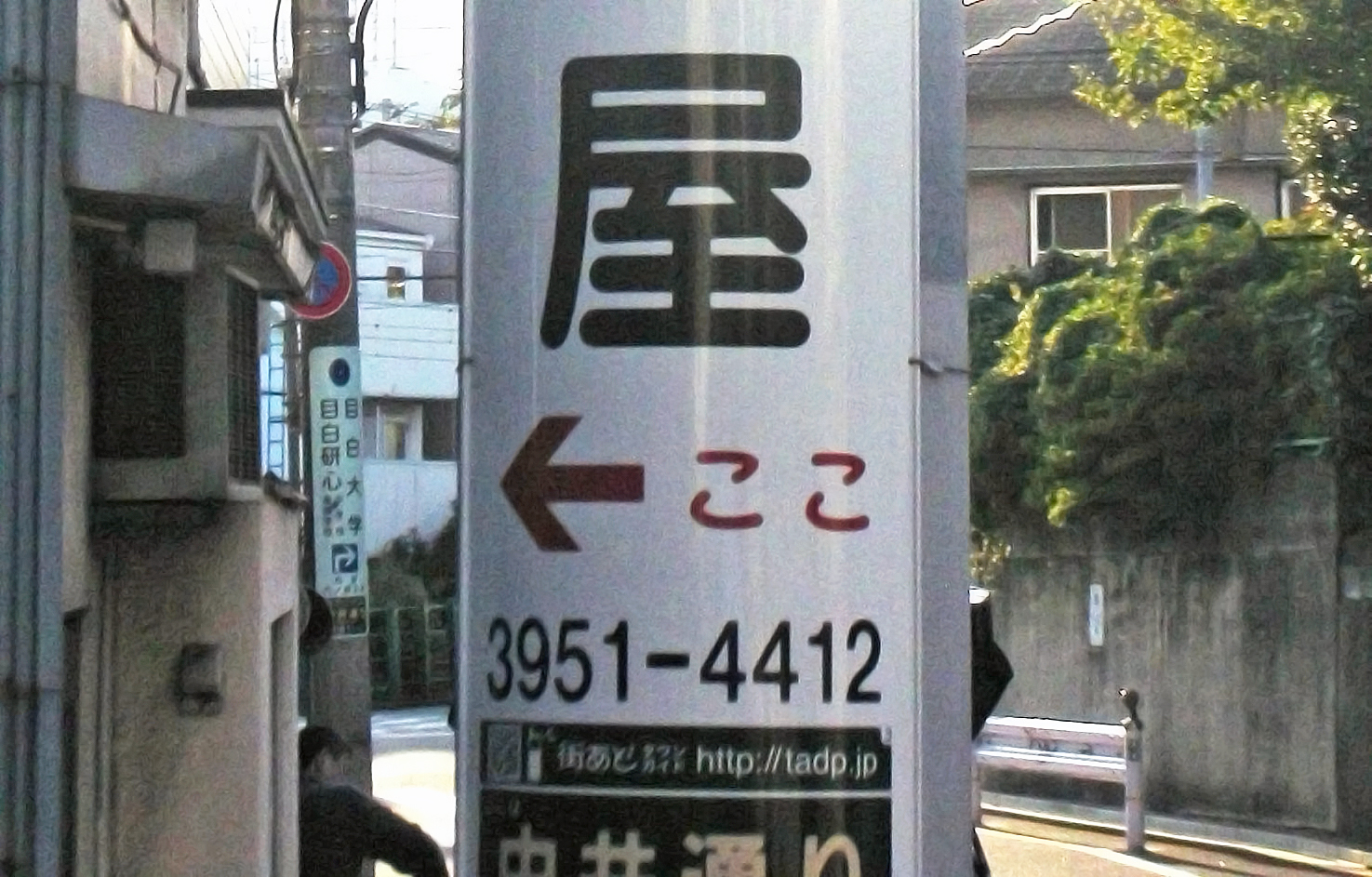There are some Japanese words that act like little arrows. They are pointing devices that can be used to indicate a specific part of the wider context of what is being said. Some examples in English are "here" and "there," "this" and "that," "me" and "you." But Japanese does this in a more systematic way using what linguists, somewhat grandiloquently, call the ko-so-a-do paradigm. These are four little syllables that can be attached to various suffixes to express all different kinds of spatial and other relationships.
The textbook example is kono, a demonstrative adjective used when something is placed in close proximity to the speaker, as for instance in kono hon (この本, this book). When the thing in question is closer to the hearer, ko is replaced by so, making it sono hon (その本, that book). A third option is ano hon (あの本), which would refer to a book that is not in close proximity to either speaker or hearer, for example the one from the library that I left on the train the other day and that's surely going to get me into trouble. Finally there is dono hon (どの本, what book?), which you can use when you're not sure what book is being talked about in the first place.
The same types of relationships can be expressed when the ko-so-a-do atoms take turns with a demonstrative pronoun: koko (ここ, here) and soko (そこ, there), in the sense of closer to you than to me. A place neither at your nor at my side would be asoko (あそこ), which thinking about it is a little irregular in formation, because it contains both a and so together. Anyway, the pattern is completed by doko (どこ), the word used to question where something is.

















With your current subscription plan you can comment on stories. However, before writing your first comment, please create a display name in the Profile section of your subscriber account page.